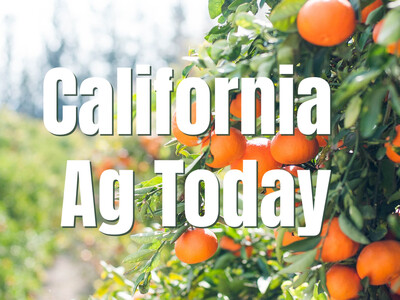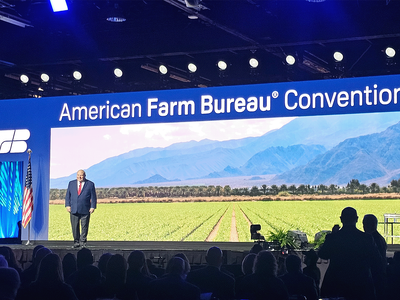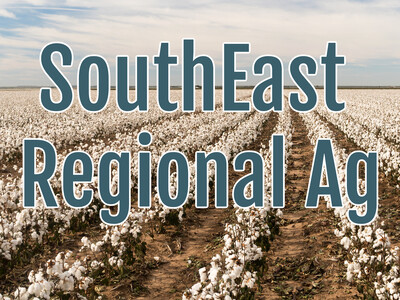Variable Rate for Maturity and Spraying

Tim Hammerich
News Reporter
The concept of variable rate has been around many years now, but it still has room to improve. Mark Huso of Huso Crop Consulting and Soil Testing mentioned a couple of areas he’d like to see the technology help his business on a recent SWAT Agronomy podcast.
Huso… “So what I see that the tech might help solve, variable rate is still the biggest piece. Uh, the one thing I'm not doing a lot of is maximizing wheat and barley populations within a field to improve overall maturity to the finish. You know, I'm seeing other crop consultants, other sales agronomists that are doing that. I'm not there yet. I need to get there. I think the technology will help me get to that point where I'm comfortable writing prescriptions to help these fields evenly mature and not lodge. I think the variable rate piece for applying herbicides and fungicides. This is our first year doing that. I think the technology will continue to improve where we were able to apply, you know, 20 gallons per acre in this field, and five gallons per acre in this part of the field. This is our first year doing that. We're not doing many fields at all because if we're wrong, I want to be wrong on a small scale, not a large scale. Because you only get one crack at it. Let's make sure it's the best chance we get and move forward from there.”
Huso is using SWAT Maps as part of his variable rate program.












